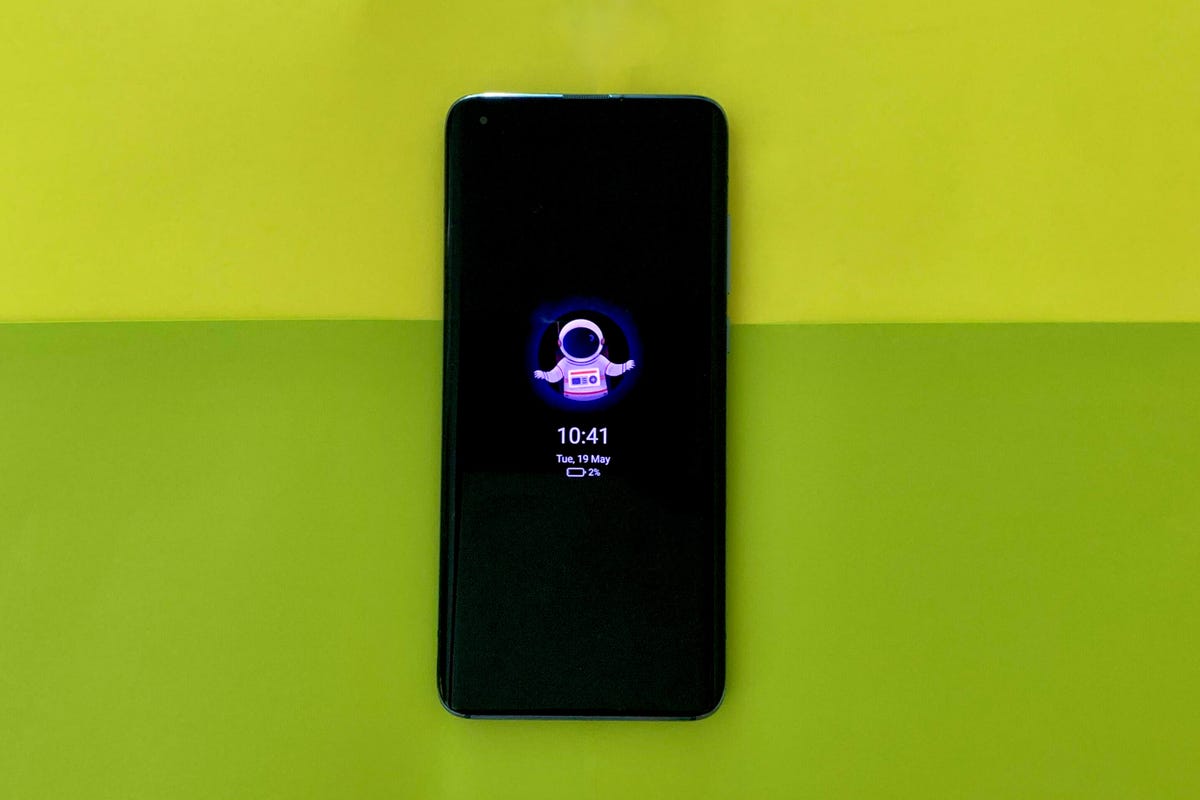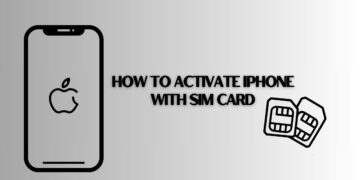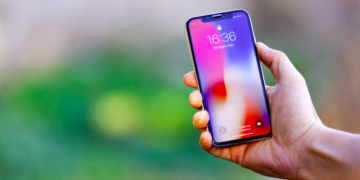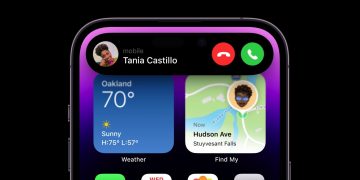This story is part of WWDC 2022, CNET’s complete coverage from and about Apple’s annual developers conference.
There are only a few days left until we get the very likely official announcement about iPhone 14 at Apple’s “Far Out” event on Wednesday. We’re also expecting to learn then about the release date for Apple’s next major iPhone operating system — iOS 16.
The new version of iOS will work on the iPhone 8 and up, and there are already beta versions available for developers or the general public. iOS 16 offers a bunch of heavily requested features, such as the ability to customize your lock screen or edit sent iMessages. But if you look at the new operating system closely, iOS 16 might also reveal some clues about the iPhone 14.
While Apple told us a lot about new features coming to current iPhones, it lacked any specific mention of what to expect from the iPhone 14. That’s not surprising; Apple never discusses new products before announcing them. Sometimes the company reserves certain software announcements for its annual iPhone event so it can debut these features as exclusives for the latest iPhone.
For example, Cinematic mode was absent from Apple’s iOS 15 announcement and instead launched as an iPhone 13 feature in the fall. Though if you look closely, there were some subtle hints sprinkled in iOS 15. Since Apple launched Portrait mode for FaceTime calls in iOS 15, it’s easy to imagine Apple creating a Portrait mode for video recording — which is essentially what Cinematic mode is.
iOS 16 seems to be no different. Several features look like they have the potential to offer hints as to what we might expect for the iPhone 14 series. One of these clues is actually buried in the code for iOS 16.
The iPhone 14 might have an always-on display
I was disappointed to see that Apple didn’t add an always-on display to iOS 16. It’s a handy feature found on numerous Android phones, and even the Apple Watch. An always-on display shows basic information like the time or weather while your phone is asleep. Instead of lighting up your entire display like your lock screen does, an always-on display only activates a portion of the screen to save power. It’s a great convenience and would make the iPhone more glance-friendly.
The Apple-focused site 9to5Mac reports it discovered multiple references in iOS 16 that suggest support for an always-on display could be in the iPhone’s future. The blog found references to backlight management tools as well as hidden flags for engineers that could allow them to test the feature on an iPhone 13 Pro.
The Xiaomi Mi 10 Pro has an always-on display that shows the date, time, battery life and an avatar of an astronaut.
Sareena Dayaram/CNET
But always-on display support might be limited because the screen’s refresh rate would have to dip down to 10Hz or even lower to use less power; way below the regular iPhone’s typical 60Hz refresh rate. The always-on display for the Apple Watch works at 1Hz which isn’t supported on any current iPhone (the 13 Pro can go as low as 10Hz) and that could mean that it debuts on the iPhone 14 Pro and 14 Pro Max since it would likely require new hardware.
Even without these clues in the code, the revamped and customizable lock screen also hints at an always-on display. Specifically, the way iOS 16 notifications are corralled at the bottom of the screen makes me wonder if Apple is experimenting with ways to preserve screen real estate. That’s important for an always-on display since that feature only uses specific portions of the screen to preserve power.
iOS 16’s new lock screen widgets are another potential clue, since they feel more akin to Apple Watch complications and are therefore more glanceable. Some Android phones have similar widgets on their own always-on displays.
During the WWDC, Apple showed someone tapping and holding on the dog in a photo and lifting it from the background to share in a message. It’s part of a revamped Visual Look Up.
Apple
Visual Look Up could mean a more powerful Cinematic mode
One of iOS 16’s more subtle features is a revamped Visual Look Up that can identify objects, people, pets and landmarks in photos and provide additional information or context. A nifty addition this year is the ability to tap on any photo to remove the background. You can literally tap-and-lift a foreground subject like a person or a dog away from the background and add the “cutout” to other apps to share or create a collage.
I could see Cinematic mode getting a boost from the machine learning that powers the new Visual Look Up tap-and-lift tool. That machine learning acceleration combined with a likely new A16 Bionic chip could make Cinematic mode videos look better. Subjects could be more reliably “cut out,” and backgrounds have more of a consistent out-of-focus look. Apple could also use the separation technology to make Cinematic mode do more things akin to Portrait mode like replace the background for a black color or place your subject against a white backdrop.
Cinematic mode made its debut on the iPhone 13 series and is basically Apple’s take on a Portrait mode for video. While Cinematic mode is fun to use, the results can be hit or miss. It’s reminiscent of when Apple introduced Portrait mode with the iPhone 7 Plus: Initially it worked but wasn’t great. Over several years, Apple improved Portrait mode to the point where it’s actually quite wonderful.
A Pro mode for the Camera app
Without even reading a single rumor, you could guess that the cameras on the iPhone 14 series will be better than those on the iPhone 13 lineup. A lot of those improvements will likely come from computational photography-powered features such as SmartHDR and Deep Fusion, which directly correlate to the chip powering the phone. So an iPhone 14 running on an A16 chip would theoretically have new camera features or improved photo processing techniques that the iPhone 13 lacks.
Apple’s addition of a customizable lock screen in iOS 16 has me hopeful for an overhaul to the Camera app on the iPhone 14 Pro and 14 Pro Max. New professional features like ProRaw and ProRes video recording can make the Camera app interface feel a bit cramped. Perhaps there could be a Pro mode that can be toggled on and off and provide shortcuts to tweak camera settings on the fly. Or maybe Apple will clean up the Camera app’s interface to make it more visually appealing.
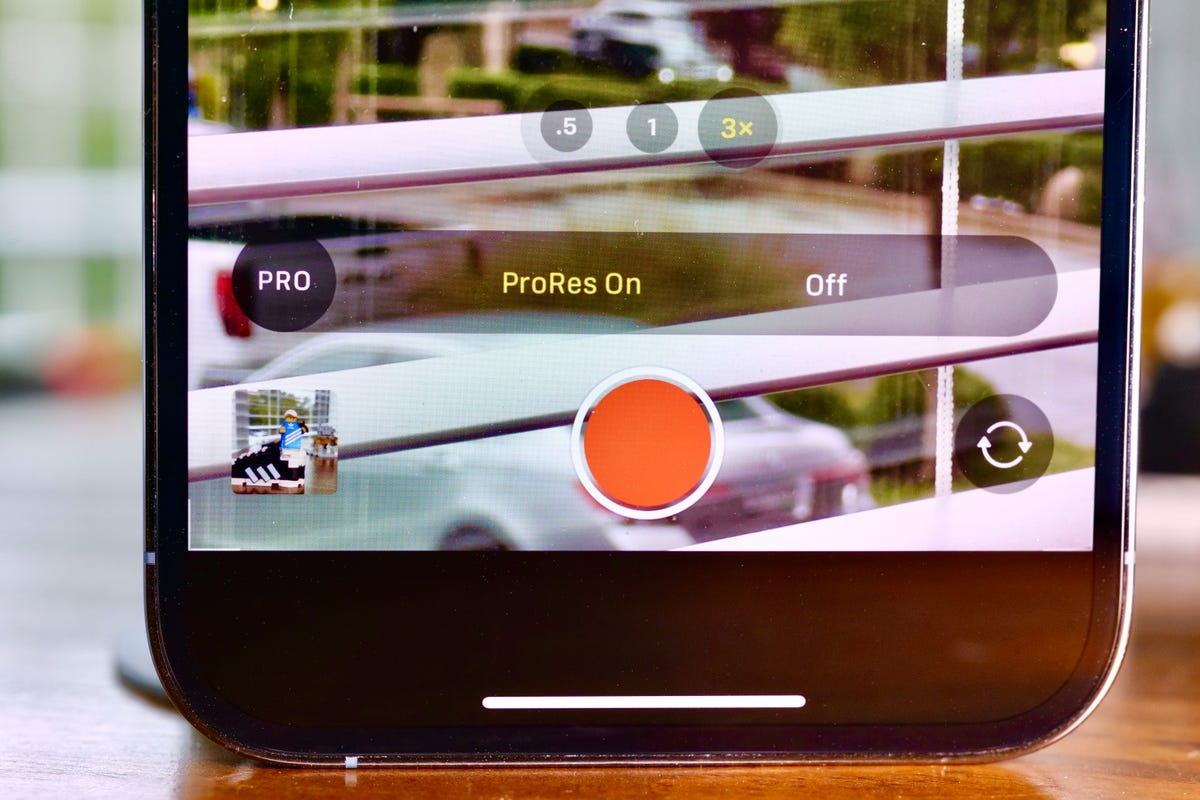
Apple ProRes debuted on the iPhone 13 Pro and 13 Pro Max in 2021.
Patrick Holland/CNET
Don’t get me wrong, the iPhone still has one of the best Camera apps on any phone sold today. But much like a family can outgrow a house, the number of features and modes is starting to grow past the app’s original intent.
This is all speculation, however, and we won’t know anything about the next iPhone until Apple announces it. But if there’s one certainty, it’s that it will run iOS 16.
iPhone 13 Pro, 13 Pro Max camera testing: Photos from Apple’s highest end 2021 phones
See all photos
Source by www.cnet.com

























